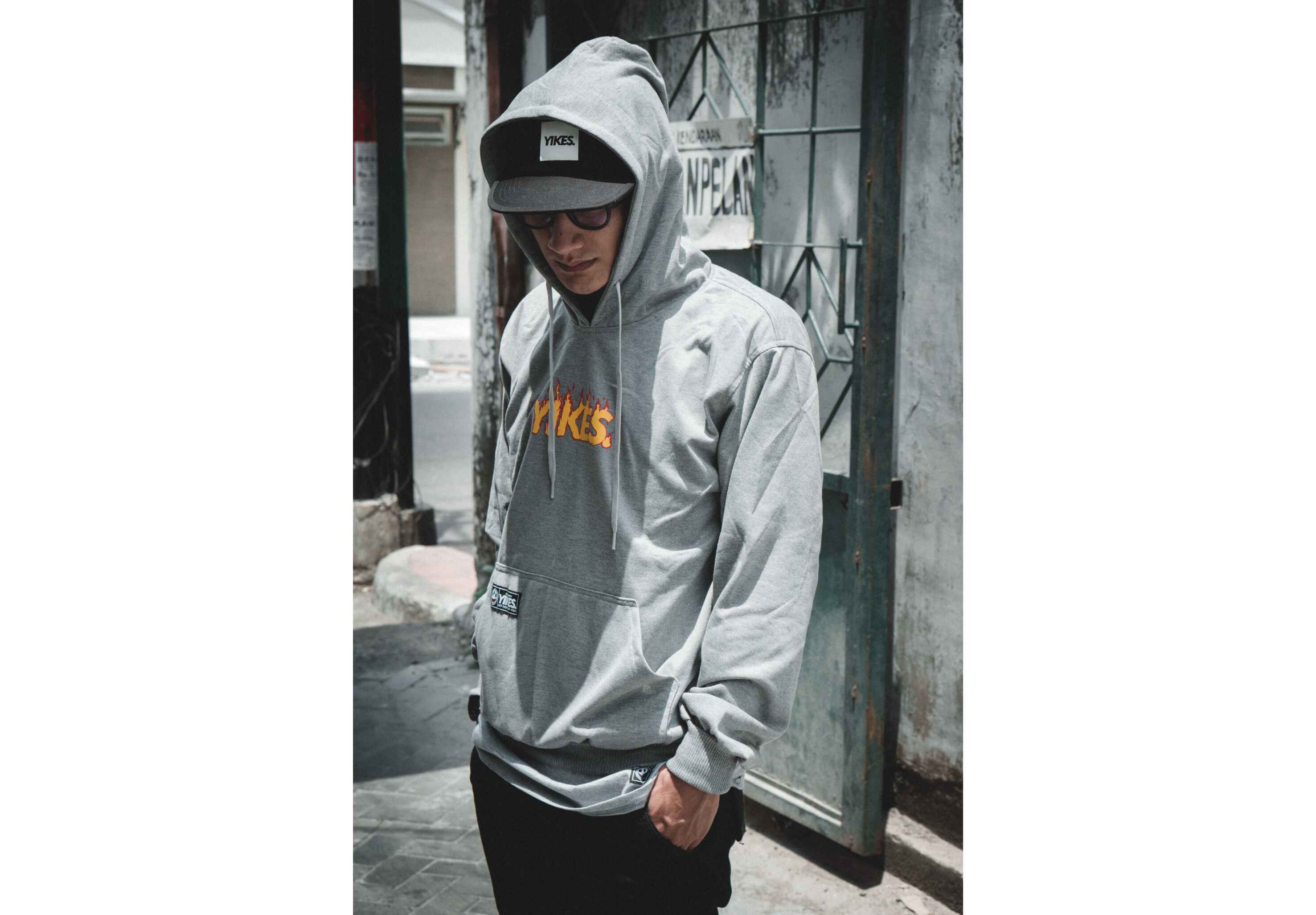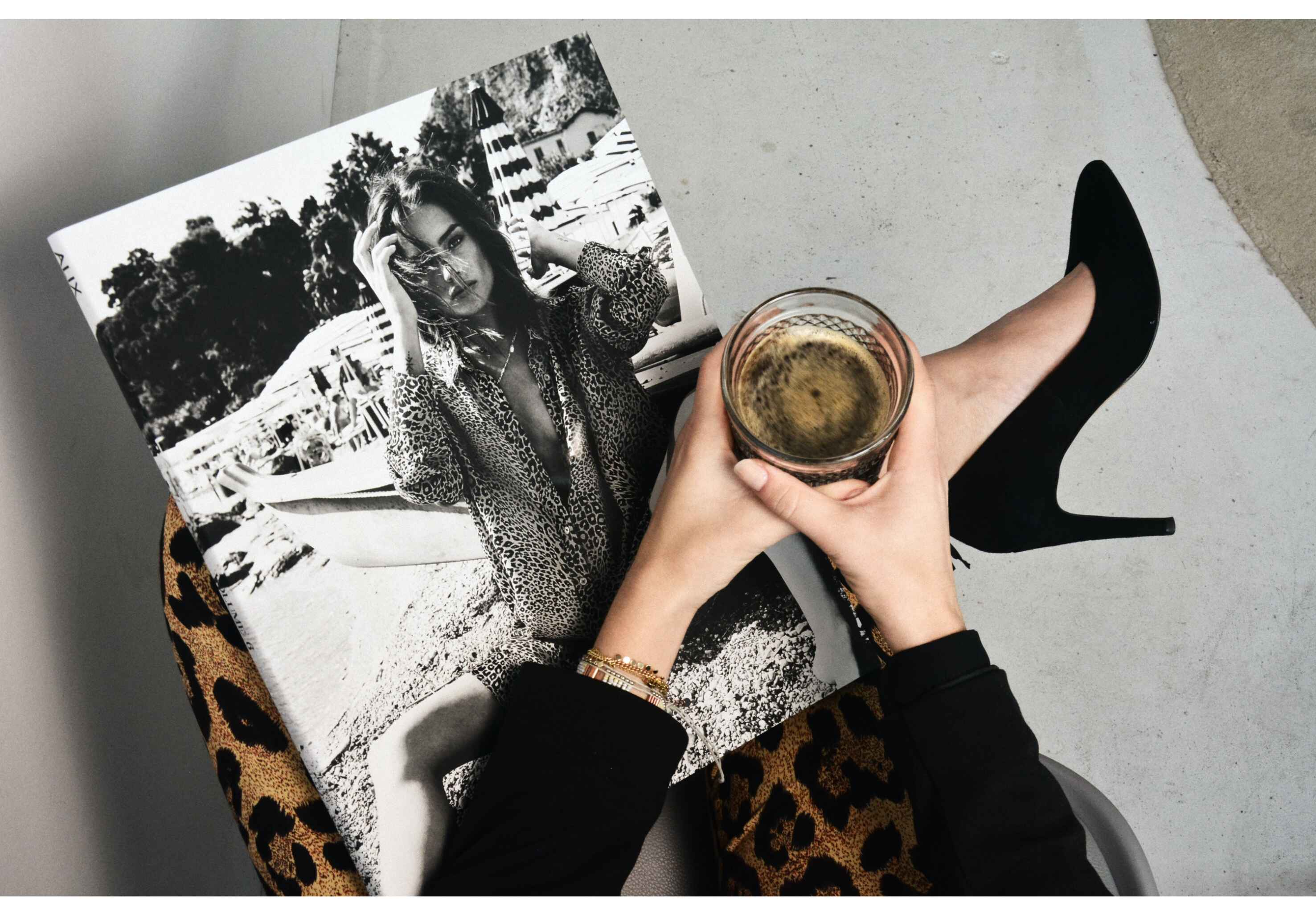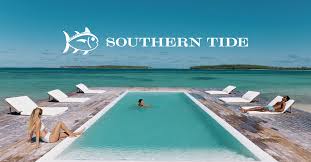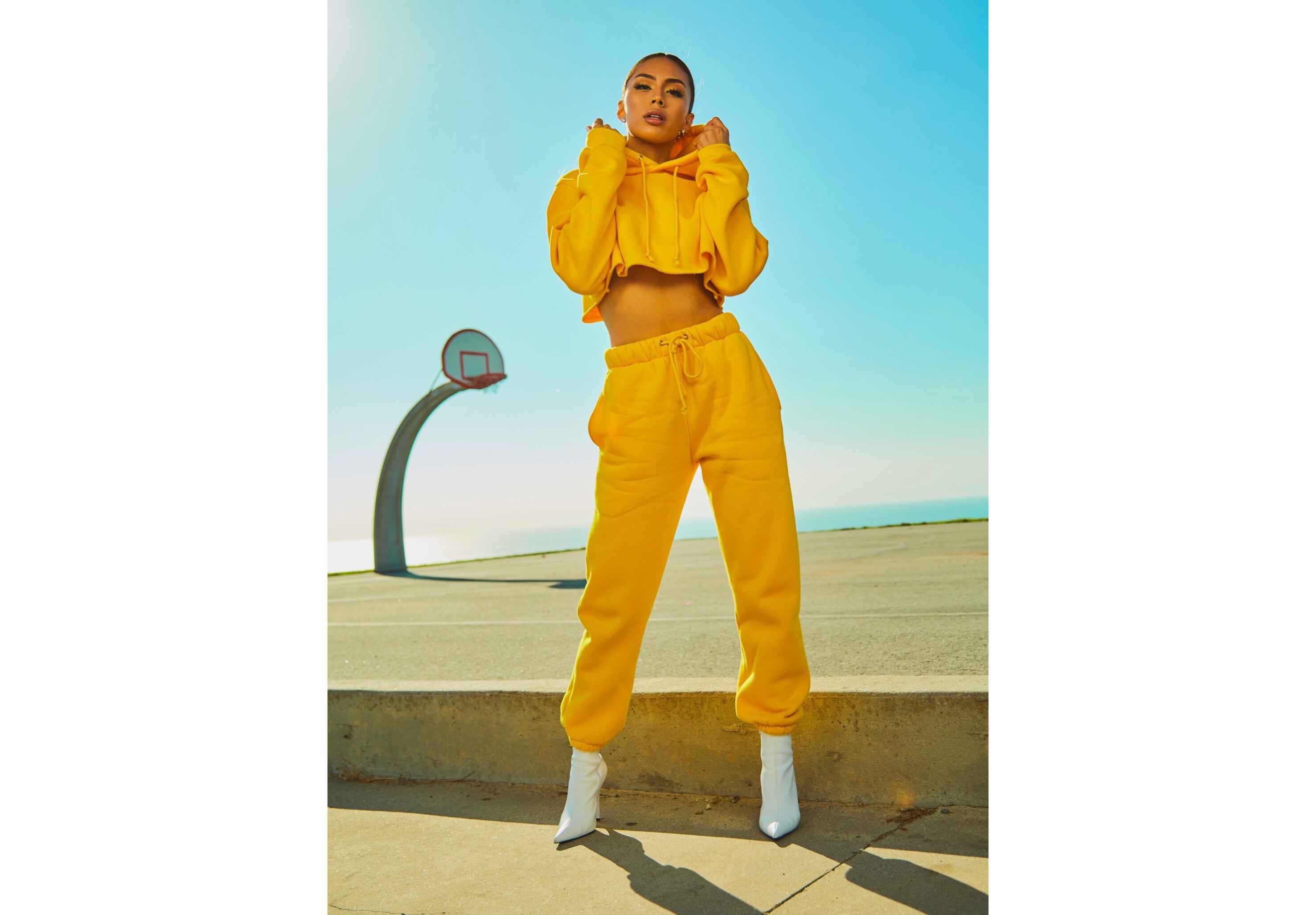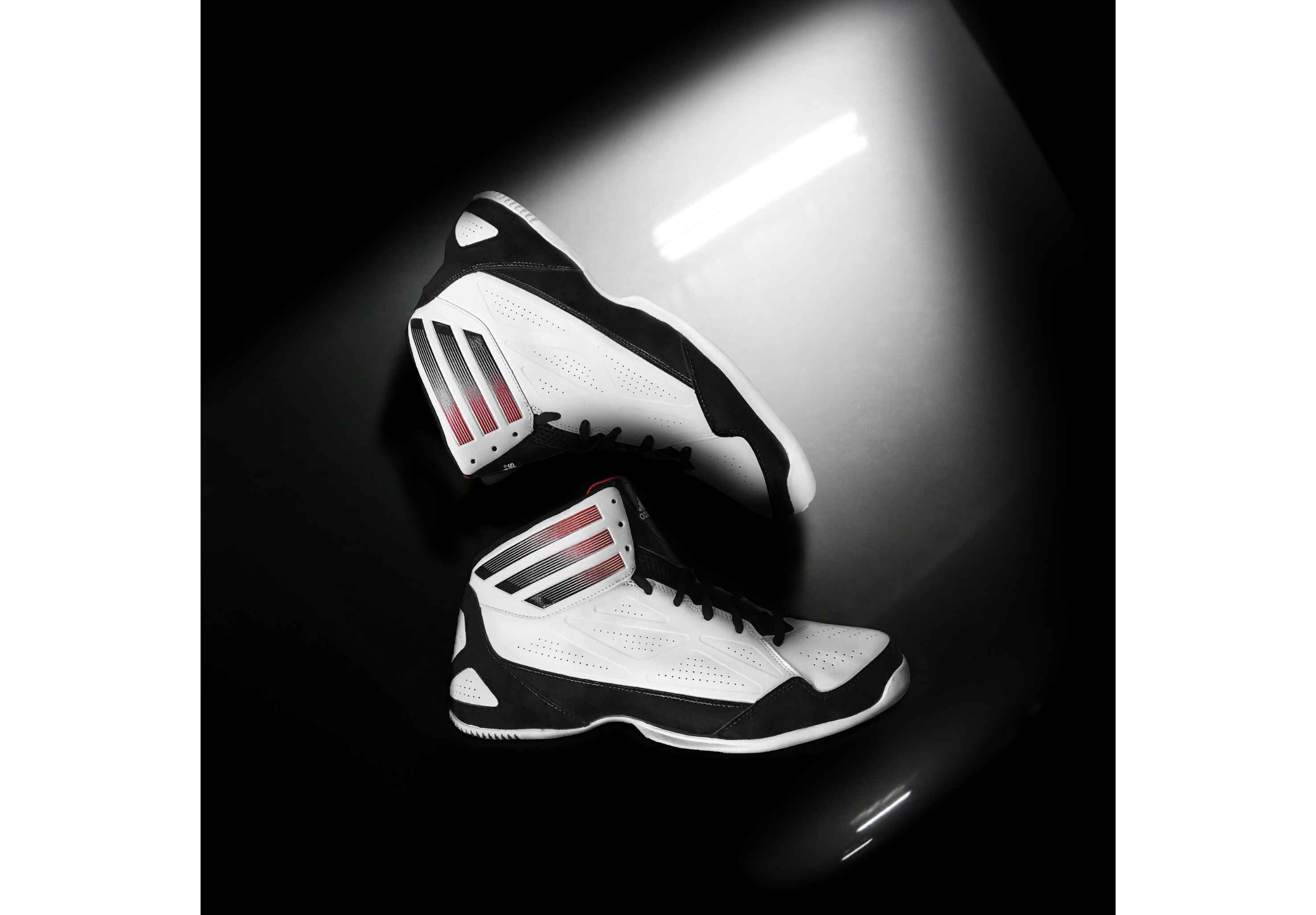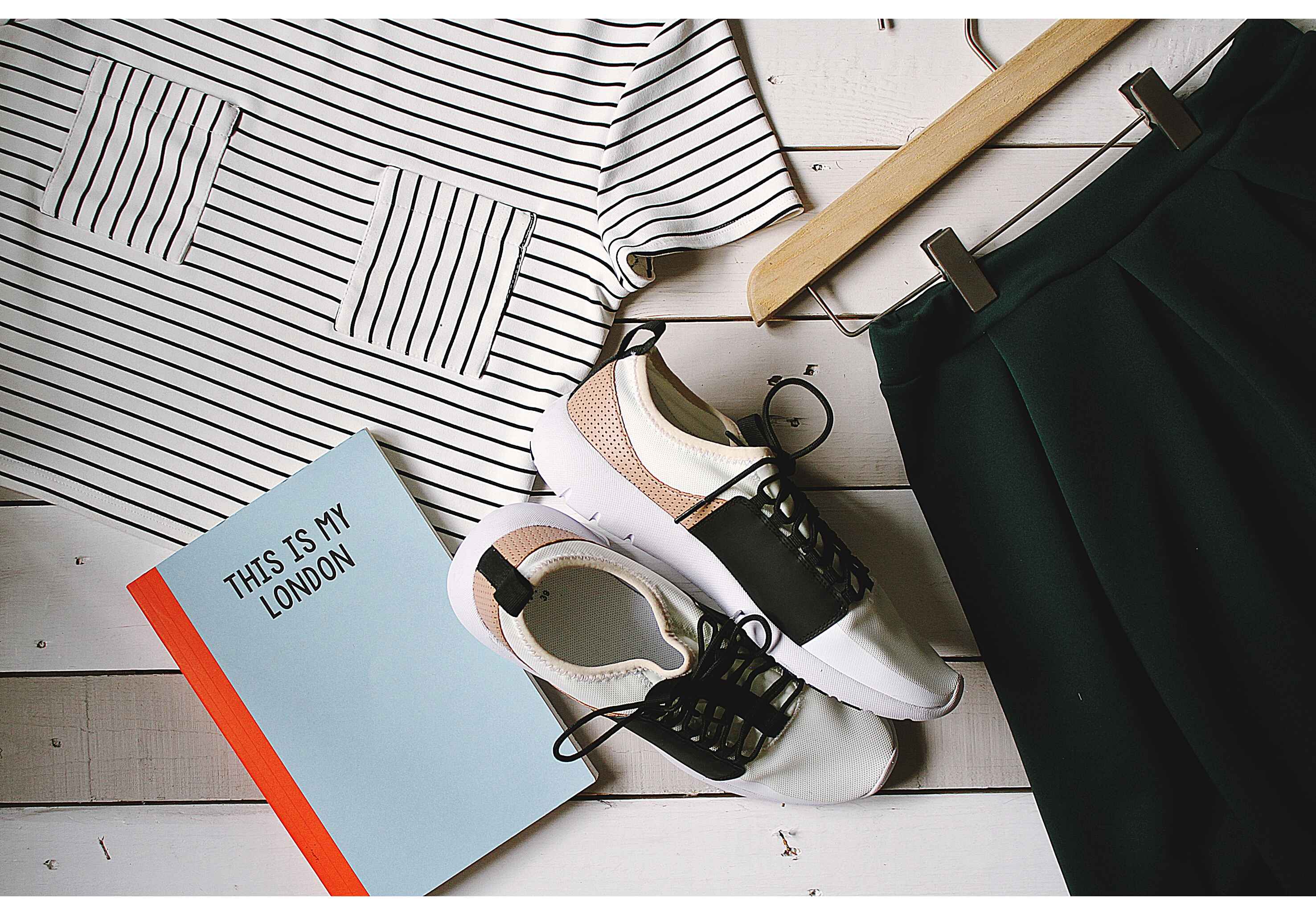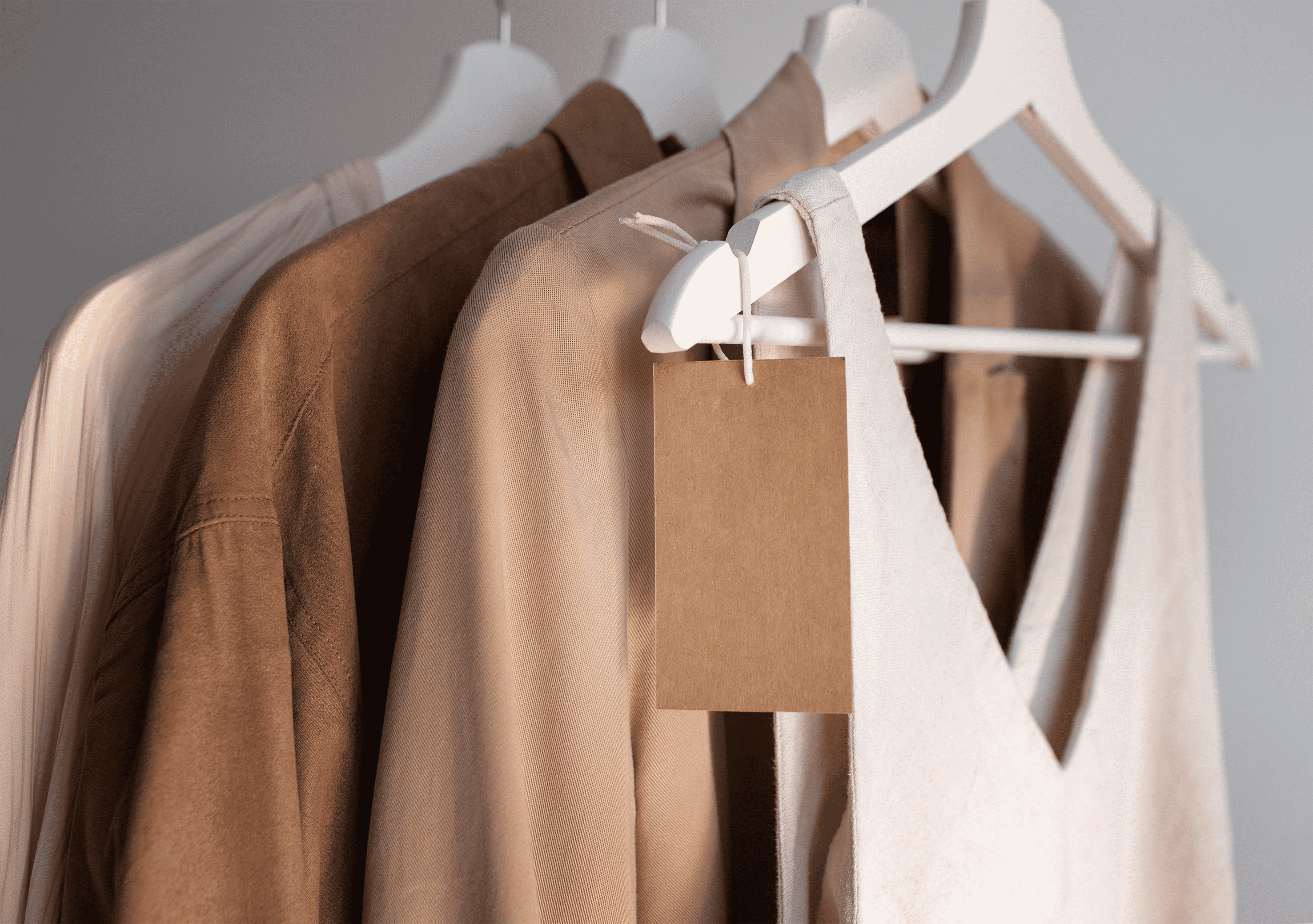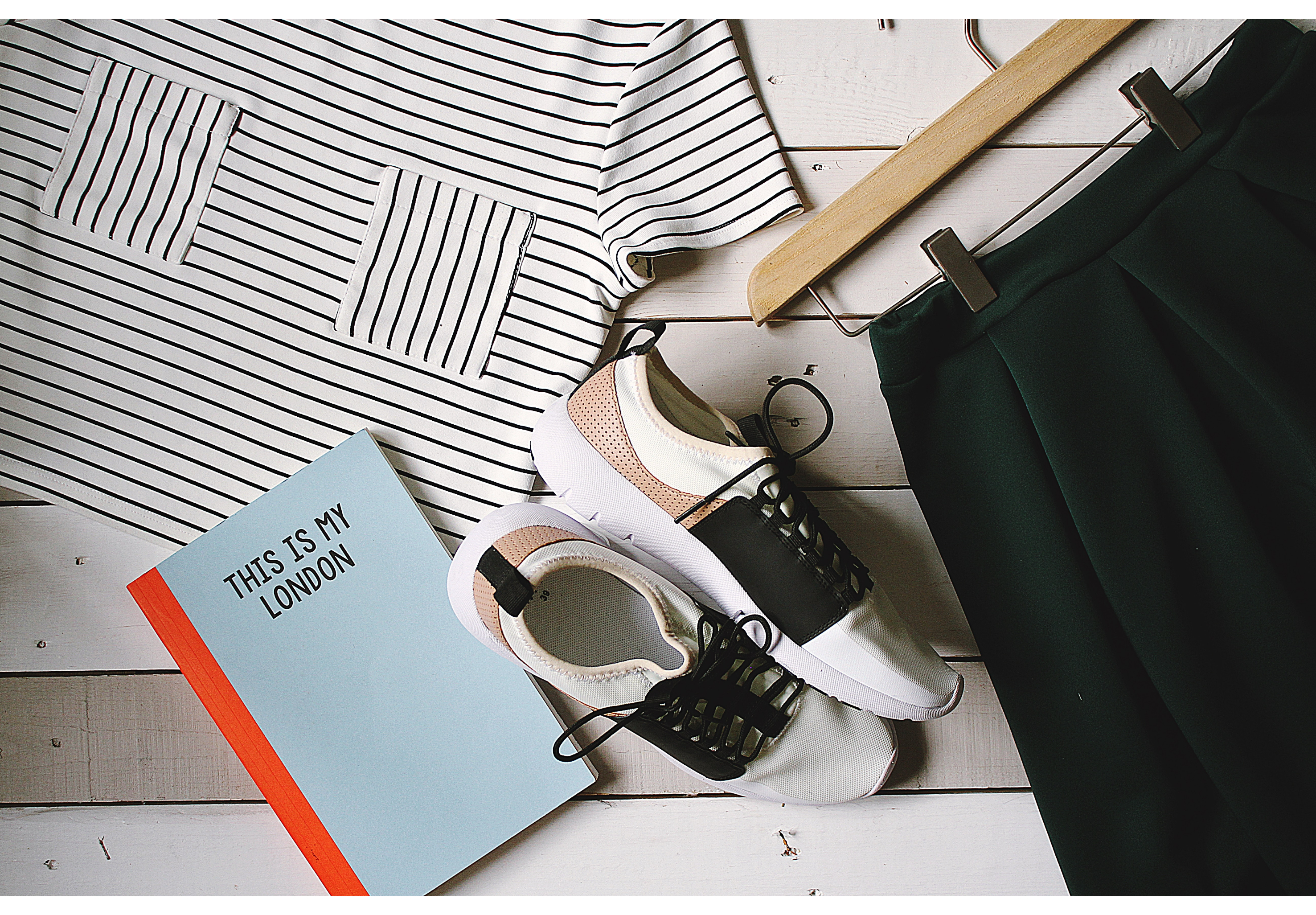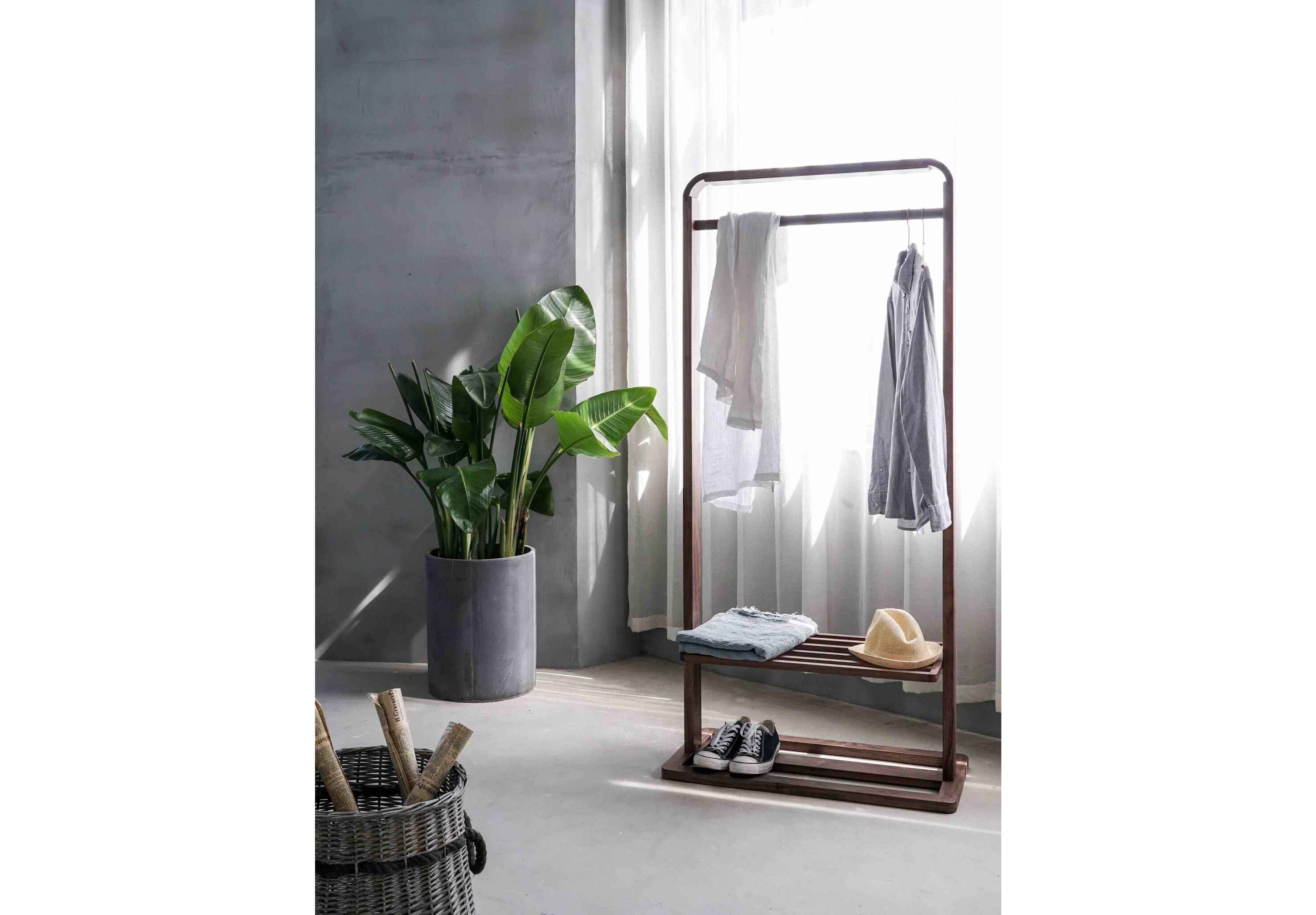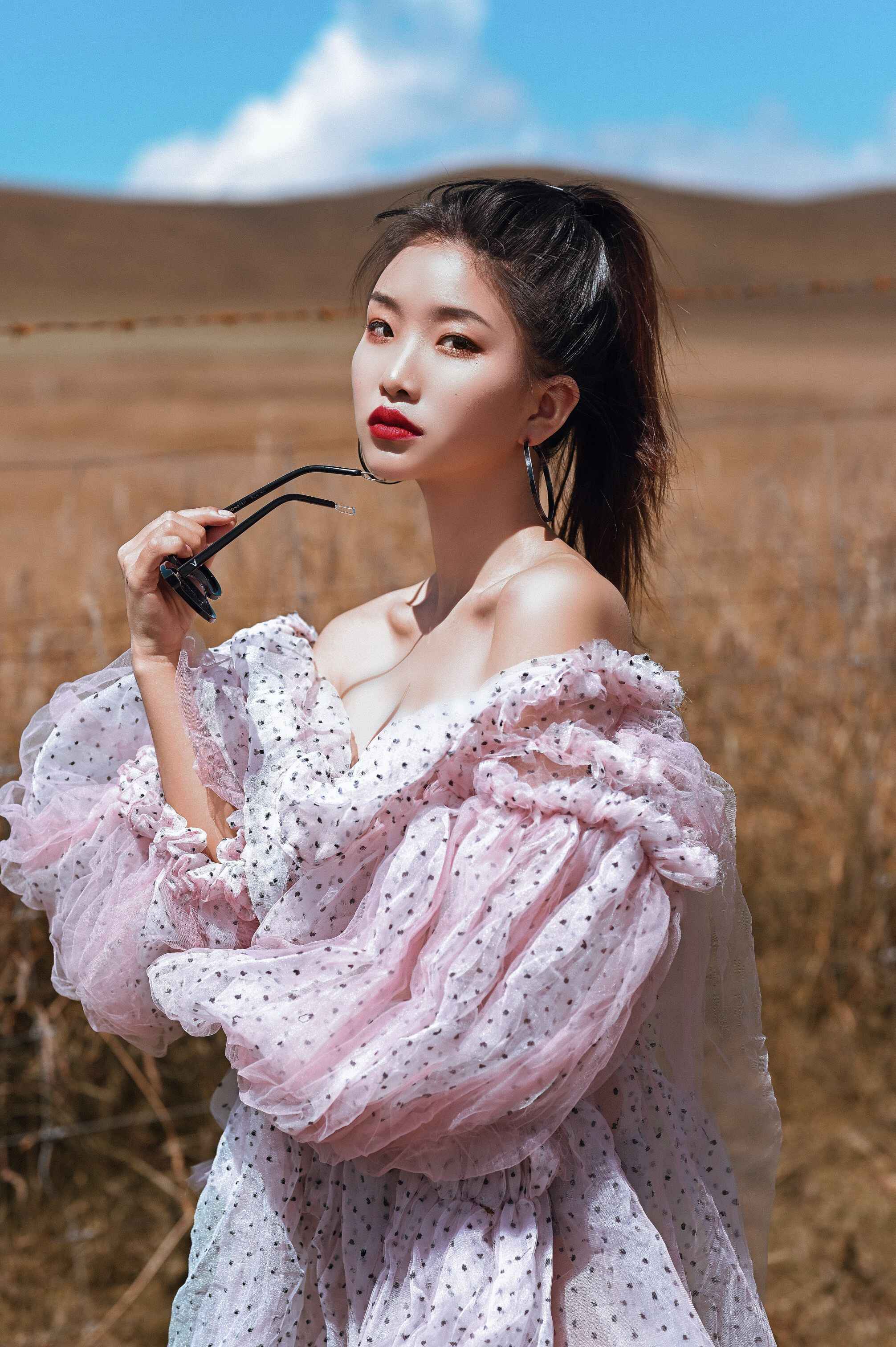
Fashion Trends for Every Season: From Runway to Reality
Details
Fashion Trends for Every Season: From Runway to Reality
Fashion is a dynamic and ever-evolving industry that keeps us all on our toes. Each season brings with it a fresh wave of styles and trends that captivate our imaginations and make us excited to update our wardrobes. From the glitzy runways of Paris and Milan to the streets of New York and Tokyo, fashion trends emerge from a melting pot of creativity and inspiration. In this blog post, we'll take a deep dive into the world of fashion and explore how runway trends transform into everyday realities for fashion enthusiasts like you.
The Runway: Where It All Begins
The journey of a fashion trend begins on the runway, where designers showcase their latest creations in extravagant fashion shows. These shows are not just about displaying clothing; they're about telling a story, making a statement, and setting the tone for the season. Let's explore how fashion trends emerge from these spectacular events.
1. High-Profile Fashion Weeks
The fashion calendar is punctuated by high-profile events like New York Fashion Week, Paris Fashion Week, Milan Fashion Week, and London Fashion Week. These events bring together top designers, models, and celebrities, creating a buzz that reverberates around the world. The collections presented at these shows set the stage for the upcoming season's trends.
2. Influential Designers
Leading designers play a pivotal role in shaping fashion trends. Names like Chanel, Gucci, Prada, and Balenciaga have a global influence that extends far beyond the runway. Their creative genius and innovative designs often define the fashion narrative for the season.
3. Inspiration and Creativity
Designers draw inspiration from various sources, including art, history, culture, and even current events. Their creativity knows no bounds, and this results in collections that are diverse and eclectic, offering something for everyone.
From Runway to Reality: How Trends Spread
Once a trend debuts on the runway, it undergoes a fascinating transformation as it makes its way into the wardrobes of fashion enthusiasts. Here's how it happens:
1. Fashion Media and Influencers
Fashion magazines, blogs, and social media influencers play a significant role in disseminating runway trends to the masses. They attend fashion shows, provide detailed coverage, and create content that showcases how to incorporate these trends into everyday life. Through their reach and influence, they make runway fashion accessible and relatable.
2. High-Street Brands
High-street brands like Zara, H&M, and Forever 21 closely follow runway trends and quickly produce affordable versions of designer pieces. This fast fashion approach makes it easy for consumers to get their hands on the latest styles without breaking the bank.
3. Celebrity Endorsement
Celebrities often serve as trendsetters, and when they're spotted wearing a particular designer piece or embracing a specific style, it can send ripples through the fashion world. Their endorsements can catapult a trend from the runway to the red carpet and, ultimately, to the streets.
4. Fashion Retailers
Fashion retailers play a crucial role in translating runway trends into wearable, accessible pieces. They collaborate with designers, launch limited-edition collections, and provide consumers with options that align with the latest fashion trends.
Seasonal Fashion Trends: A Closer Look
Now that we've explored the journey of fashion trends from the runway to reality, let's delve into some of the exciting trends that have emerged for each season.
Spring: A Burst of Color
Spring is synonymous with rejuvenation and renewal, and fashion trends for this season often reflect these themes. Pastel shades, floral prints, and lightweight fabrics dominate the runway. In recent years, sustainability has also become a significant focus, with eco-friendly materials and ethical fashion choices gaining traction.
Summer: Cool and Casual
Summer fashion is all about staying cool while looking stylish. Expect to see trends like breezy maxi dresses, vibrant swimwear, and oversized sunglasses. Sustainable swimwear made from recycled materials is also making waves in the fashion world, aligning with the season's connection to the environment.
Autumn: Cozy Elegance
As the leaves change colors, so do the fashion trends. Autumn brings with it rich, warm tones, luxurious fabrics like velvet and tweed, and cozy knits. Oversized sweaters, statement coats, and ankle boots are perennial favorites. Sustainability remains a concern, with many designers incorporating eco-friendly practices into their collections.
Winter: Warm and Glamorous
Winter fashion is a blend of warmth and glamour. Faux fur coats, chunky scarves, and leather boots take center stage. Metallics and sequins also make an appearance during the holiday season, adding a touch of sparkle to the cold winter months.
Embracing Your Personal Style
While it's fun to follow fashion trends, it's equally important to stay true to your personal style. Fashion is a form of self-expression, and your wardrobe should reflect who you are. Here are some tips on how to strike a balance between embracing trends and staying authentic:
1. Experiment with Trends
Don't be afraid to experiment with new trends, even if they're outside your comfort zone. You might discover a new style you love, and it's a great way to keep your wardrobe fresh and exciting.
2. Mix and Match
Blend classic pieces with trendy items to create a unique look. A timeless blazer or a well-fitted pair of jeans can anchor a trendy outfit and make it more versatile.
3. Invest in Quality Basics
Certain wardrobe staples, like a white button-down shirt or a tailored blazer, never go out of style. Investing in quality basics ensures that you have a solid foundation for your fashion journey.
4. Tailor Your Wardrobe
Customizing your clothing to fit your body perfectly can make a world of difference. A well-tailored garment not only looks better but also boosts your confidence.
5. Trust Your Instincts
Ultimately, fashion is about how you feel when you wear something. Trust your instincts and choose pieces that make you feel confident and comfortable. Your intuition is your best fashion guide.
Conclusion
Fashion trends are an exciting part of the ever-evolving world of style. They begin as creative expressions on the runway and gradually transform into everyday realities for fashion enthusiasts worldwide. Whether you're drawn to the vibrancy of spring, the ease of summer, the coziness of autumn, or the glamour of winter, there's a trend for every season and every personal style.
As you navigate the world of fashion, remember to embrace trends that resonate with you, mix them with your personal favorites, and always trust your instincts. Fashion is a journey of self-expression, and it's a journey worth savoring. So, go ahead and explore the runway to find the trends that make your heart skip a beat, and make them your own. Happy styling!


